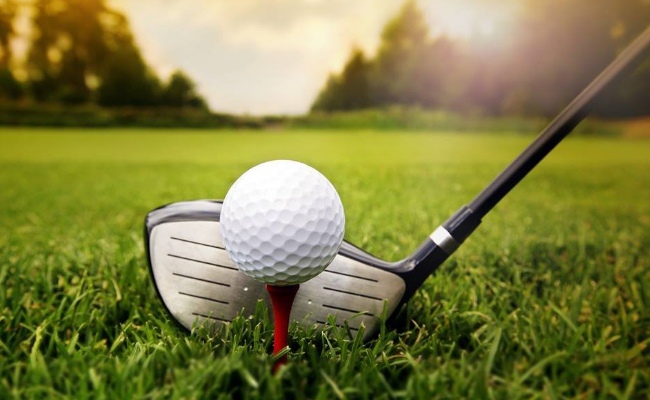Which Metals Work The Best For Your Golf Club?

The quality of a golf club is critical to a player’s performance and so, selecting the right equipment is integral for an amateur player to hone his/her skills. There are loads of different options available in the market, and this is where the problem arises. New players are overwhelmed with too many choices. Some clubs are ideal for overcoming challenging layouts like the Texas golf courses, while others provide increased swing. Which one do you need? That’s a question that can be answered only when you’ve increased your technical knowledge of the game. However, for starters, you should consider the build quality and metal used in a golf club. This blog will explain how various metals improve your game and provide you some much-needed leverage to achieve good scores.
Golf club head production utilizes lots of different metals, including die cast aluminum, zinc, carbon steel, stainless steel, titanium, maraging metal, and beta titanium. Every metal possesses its own level of playability and hardness that cater to the need of a particular type of golfer. Let’s take a look at them:
Titanium is one of the most expensive materials used in the construction of golf club heads. It provides a combination of excellent strength and light weight which allows manufacturers to improve the volume of a driver without compromising on strength. Expansion of the head size in woods equals bigger sweet spots, distance, and control. However, you should get one thing clear – titanium does not always mean the best. The golf industry has attempted really hard to convince players that titanium is the finest grade metal available in the market for golf clubs, but this does not necessarily mean that it will automatically ensure an amazing performance on the links. Moreover, if titanium is your metal of choice for irons and woods, it could cost you a lot of money.
Paying attention to the sort of golf club you should invest in at the beginning of your golfing career will enable you to make a better impression on the course. Make sure that the metal you pick is compatible with your playing style, and allows you to effortlessly take on different golf course terrains. This is an important point that can make all the difference between an awesome vacation at one of the Texas golf courses or an average one where you struggle in each round. Keep in mind that your golf club will form the most vital part of your playing equipment and so proper research and understanding of your own requirements prior to purchase will enable you to make the right choice.
